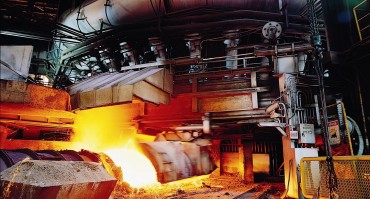
A recent forecast suggests that fine dust this winter is likely to be thicker than that of last winter. (Image courtesy of Yonhap)
SEOUL, Nov. 20 (Korea Bizwire) – A recent forecast suggests that fine dust this winter is likely to be thicker than that of last winter. According to the forecast results for the next three months presented by the National Institute of Environmental Research (NIER) to the National Assembly on Sunday, the concentration of ultra-fine dust for this winter (from December 2023 to early February 2024) has a 50 percent probability of being similar to the average of the past eight years (27.1 μg/m³), a 20 percent probability of being higher, and a 30 percent probability of being lower.
When compared to last year, the concentration of ultra-fine dust for this year has a 50 percent probability of being higher, a 30 percent probability of being similar, and a 20 percent probability of being lower.
The number of days with high ultra-fine dust concentration (exceeding 50 μg/m³) for this year (excluding yellow dust days) has a 50 percent probability of being similar to the average of the past eight years (20 days), a 30 percent probability of being higher, and a 20 percent probability of being lower. If compared to last year, there is a 50 percent probability of it being higher, a 30 percent probability of being similar, and a 20 percent probability of being lower.
The primary factor contributing to the forecast that fine dust this year will be thicker than last year’s is the expectation that the East Pacific El Niño will persist during this winter season. When El Niño occurs, anticyclonic circulation strengthens in the eastern part of Japan, leading to southerly or southwesterly winds flowing towards South Korea. If southwesterly winds blow, both temperature and ultra-fine dust concentration increase.
Another factor supporting the forecast of increased fine dust this year is the prediction that anticyclonic circulation will occur more frequently around the Korean Peninsula due to the higher surface sea temperature of the Bering Sea.
Additionally, the forecast is reinforced by the prediction that this year’s surface sea temperature in the North Atlantic will be higher than the average, thus weakening the strength of the northwesterly wind blowing towards the Korean Peninsula. While the cold northwesterly wind brings lower temperatures, it also helps disperse fine dust.
J. S. Shin (js_shin@koreabizwire.com)






